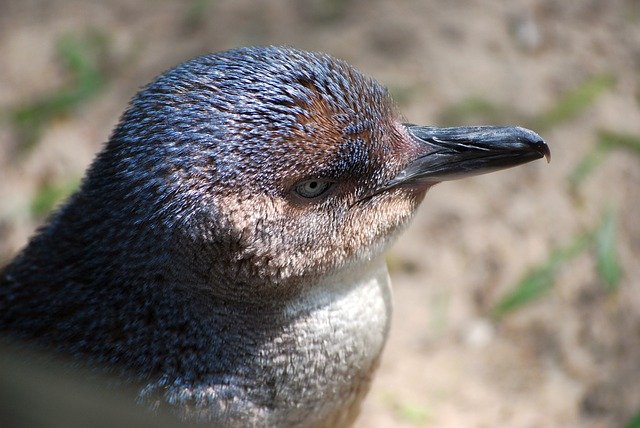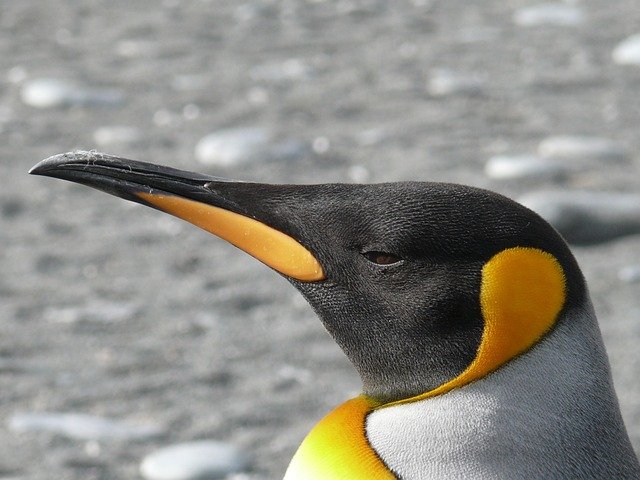
The Social Lives of Penguins: Understanding Their Complex Communication and Social Structures
Penguins, often celebrated for their charming waddles and striking tuxedo-like appearances, are much more than just adorable birds. They possess intricate social structures and sophisticated communication methods that are essential for their survival in the harsh environments they inhabit. In this post, we will explore the fascinating social lives of penguins, shedding light on their interactions, vocalizations, and community dynamics.
Social Structures
Penguins are social animals that thrive in colonies, often numbering in the thousands. These colonies provide numerous benefits, including:
- Protection from Predators: By living in large groups, penguins can better defend against predators such as seals and birds of prey.
- Thermoregulation: In frigid temperatures, huddling together helps penguins conserve heat, a behavior especially observed in species like the Emperor Penguin.
- Resource Sharing: Living in close proximity allows for the sharing of food resources and information about foraging locations.
Hierarchical Dynamics
Within these colonies, penguins exhibit a range of social hierarchies. Dominance can be established through displays of aggression or through vocalizations. Some species, like the Adélie Penguin, show clear ranks among individuals, which can influence access to nesting sites and mates.
Communication
Penguins have developed a rich repertoire of vocalizations and physical behaviors to communicate with one another. Their communication methods can be categorized into several types:
Vocalizations
- Contact Calls: Used primarily for maintaining group cohesion, these calls help individuals locate each other within the bustling colony.
- Aggressive Calls: Employed during disputes over territory or mates, these vocalizations can deter rivals and assert dominance.
- Courtship Calls: During mating season, males often engage in elaborate vocal displays to attract females, showcasing their fitness and genetic quality.
Body Language
In addition to vocalizations, penguins use body language to convey messages. For example:
- Head Movements: Nodding or bowing can signal aggression or submission.
- Flipper Displays: Extending or flapping flippers can serve as a warning or a friendly greeting.
Parenting and Social Bonds
Penguins are also known for their strong parental bonds and cooperative breeding behaviors. Many species, such as the Emperor Penguin, engage in shared parenting, where both parents take turns incubating eggs and feeding chicks. This cooperative effort strengthens the social fabric of the colony and ensures the survival of the next generation.
Chicks and Social Learning
Young penguins learn vital survival skills by observing their parents and other colony members. This social learning is crucial for their development, as it helps them understand foraging techniques and social interactions within the group.
Conclusion
The social lives of penguins are a testament to the complexity of animal behavior and communication. Their intricate social structures, diverse vocalizations, and cooperative parenting not only enhance their survival but also enrich our understanding of social dynamics in the animal kingdom. As we continue to study these remarkable birds, we gain valuable insights into the importance of social bonds in the natural world.
Whether you’re a seasoned ornithologist or simply a fan of these fascinating creatures, there is always more to learn about the social lives of penguins. So next time you see a colony of penguins, take a moment to appreciate the rich tapestry of interactions unfolding before your eyes!
